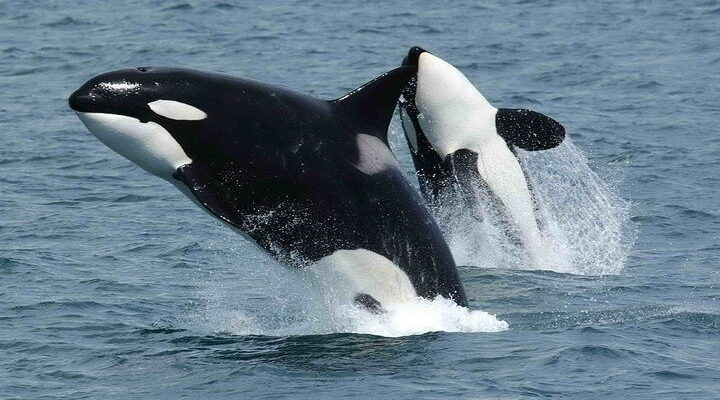Ever caught yourself marveling at the raw power of the animal kingdom? Well, you’re in for a treat as we zoom in on a particularly gripping aspect: bite force. Imagine the sheer power needed to crunch down on bones, pierce through armor-like skin, or simply demonstrate dominance within the wild. That’s what we’re exploring today in our roundup of the “10 Most Fearsome Animals With The Strongest Bite Force Ever Recorded.”
The concept of bite force, measured in pounds per square inch (PSI), offers a fascinating peek into survival strategies across different habitats. From dense jungles and deep oceans to arid deserts and icy tundras, these champions of the chomp use their formidable jaws for more than just eating. They defend territories, protect their young, and maintain their spot atop the food chain.
But why focus on bite force? It gives us a unique lens through which to view evolution in action. Animals have adapted incredible physical traits to thrive in their environments, and a powerful bite is often key to their survival. Plus, it’s a topic ripe with intrigue and surprise. Some of the names on our list are expected titans of the animal world, while others might just catch you off guard.
So, as we prepare to unveil these mighty biters, remember we’re not just talking about teeth and jaws. We’re delving into a world where power, precision, and survival intertwine. Each animal on our list has a story, a lifestyle that demands the ability to bite hard and effectively. It’s these stories, and the sheer force behind them, that we find truly captivating.
10 – Hyena (1,000 PSI)
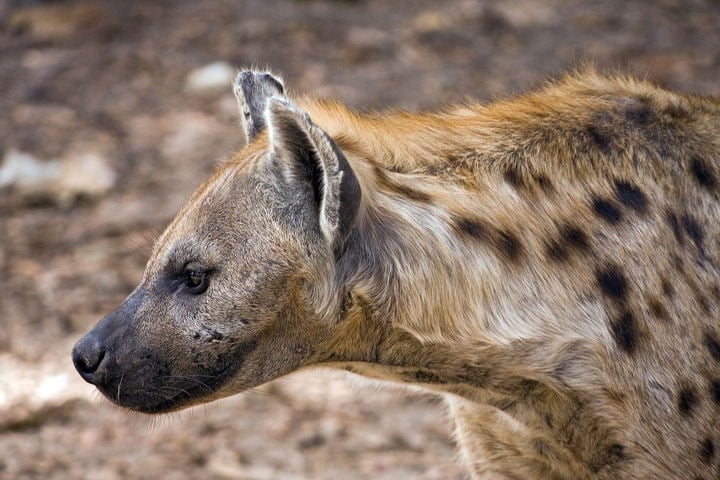
Scientific Name: Crocuta crocuta
Hyenas are often misunderstood creatures, labeled solely as scavengers, yet their powerful jaws tell a story of survival and adaptability. With a bite force of 1,000 PSI, hyenas can crush bones, accessing nutritious marrow that other predators leave behind. This ability not only speaks to their dietary strategies but also highlights their role in the ecosystem as efficient recyclers.
Interesting Fact: Contrary to popular belief, hyenas are skilled hunters, not just scavengers. They hunt in packs and are successful in taking down prey much larger than themselves, such as wildebeest.
09 – Grizzly Bear (900 to 1,200 PSI)
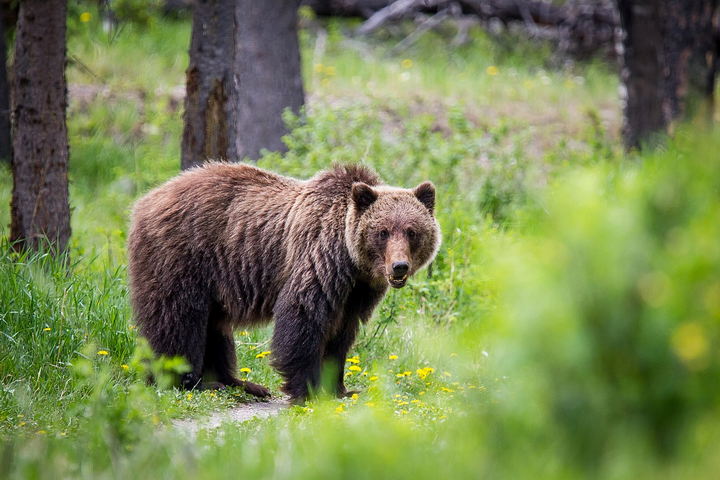
Scientific Name: Ursus arctos horribilis
The grizzly bear, an iconic symbol of the wild, possesses a bite force that reflects its omnivorous diet. Ranging from 900 to 1,200 PSI, their bite can break bones and tear through tough plant material with ease. Found in North America, these bears have a diverse diet, eating everything from fish and mammals to berries and roots.
Interesting Fact: Grizzly bears have a hump of muscle on their backs, which gives them exceptional strength for digging and striking.
08 – Polar Bear (1,200 PSI)

Scientific Name: Ursus maritimus
Polar bears, the largest land carnivores, live in the Arctic and have a bite force of 1,200 PSI. This strength allows them to penetrate the thick blubber of seals, their primary prey. Adapted to a life in cold environments, their diet is crucial for survival in one of the harshest habitats on Earth.
Interesting Fact: Polar bears are excellent swimmers, capable of navigating through icy waters for miles in search of food or habitat.
07 – Gorilla (1,300 PSI)
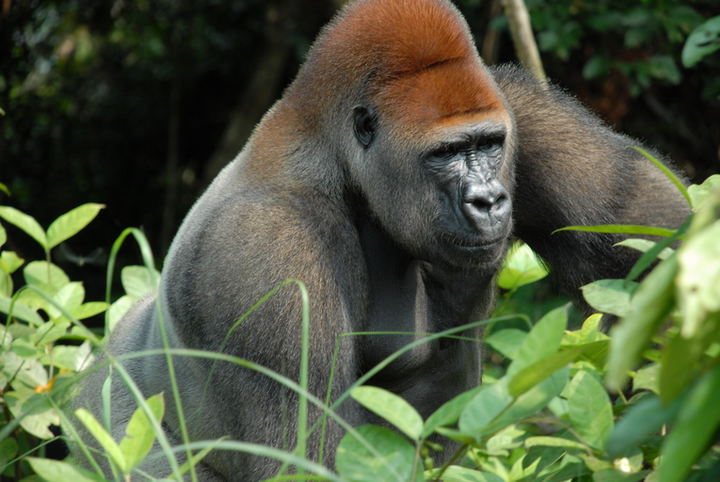
Scientific Name: Gorilla beringei and Gorilla gorilla
Gorillas showcase a vegetarian side of brute force with a bite of 1,300 PSI. This power is necessary to break through tough vegetation, like bamboo, which makes up a significant part of their diet. Gorillas, found in the forests of central Africa, live in groups and exhibit complex social behaviors.
Interesting Fact: Gorillas have been observed using tools in the wild, demonstrating a level of intelligence and adaptability that rivals that of humans.
06 – Jaguar (1,500 PSI)

Scientific Name: Panthera onca
Jaguars possess the strongest bite force of all big cats, measured at 1,500 PSI. Native to the Americas, their powerful jaws allow them to employ a unique hunting strategy: delivering a fatal bite directly to the skull of their prey. This technique demonstrates the jaguar’s remarkable strength and precision.
Interesting Fact: Jaguars are known to be excellent swimmers. They often hunt in water, catching fish, turtles, and even caimans by leveraging their powerful bite underwater.
05 – Hippopotamus (1,800 PSI)
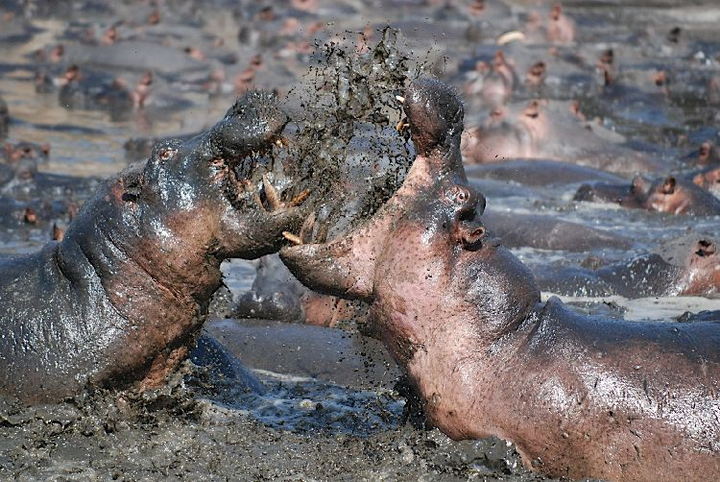
Scientific Name: Hippopotamus amphibius
Don’t let the hippopotamus’ seemingly docile demeanor fool you. With a bite force of 1,800 PSI, hippos are among the most dangerous animals in Africa. These semi-aquatic giants are herbivores, consuming mostly grass. However, their massive jaws and teeth are not just for vegetation; they serve as formidable weapons against threats and rivals. Hippos are known for their aggressive nature, especially when protecting their young or territory.
Interesting Fact: Despite their bulk and short legs, hippos can run faster than humans on land and can open their jaws up to a staggering 180 degrees.
04 – Alligator (2,000 PSI)
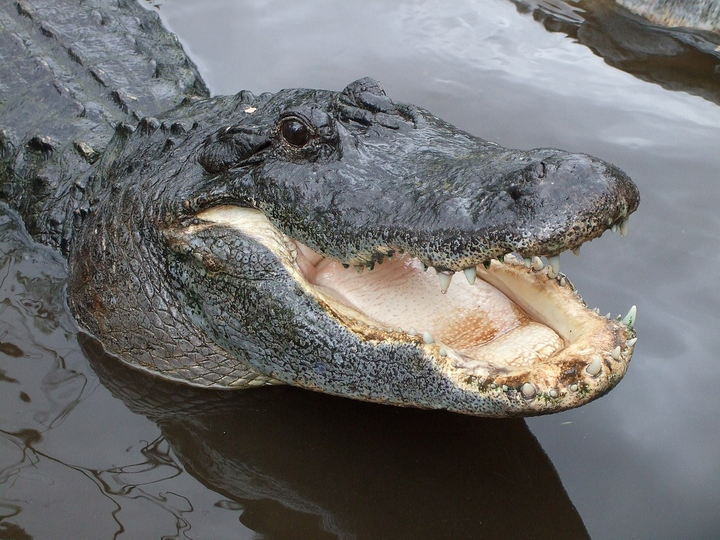
Scientific Name: Alligator mississippiensis
Alligators, with a bite force of 2,000 PSI, are apex predators in their freshwater habitats across the southeastern United States. This remarkable biting power allows them to tackle prey of all sizes, from fish and birds to larger mammals. Alligators are opportunistic feeders, relying on the element of surprise to ambush their prey. Their diet is diverse, including carrion, which helps control the spread of disease in their ecosystems.
Interesting Fact: Alligators have a unique feature among reptiles; they care for their young, guarding them fiercely from predators.
03 – Great White Shark (4,000 PSI)
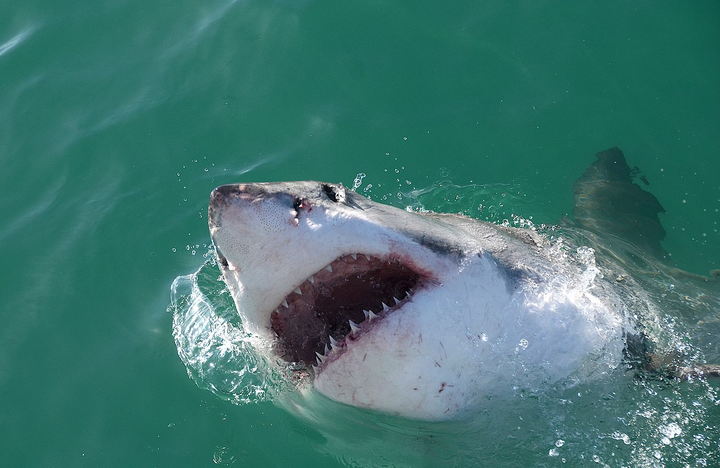
Scientific Name: Carcharodon carcharias
The great white shark, with a bite force of 4,000 PSI, epitomizes the apex predator. Found in coastal waters all over the world, these sharks are famous for their size, power, and hunting efficiency. They primarily feed on marine mammals, such as seals and dolphins, employing a hit-and-run tactic to incapacitate their prey with a single, devastating bite.
Interesting Fact: Great whites have a unique system of replaceable teeth, ensuring they always have sharp weapons at their disposal.
02 – Crocodiles (3,700 to 5,000 PSI)
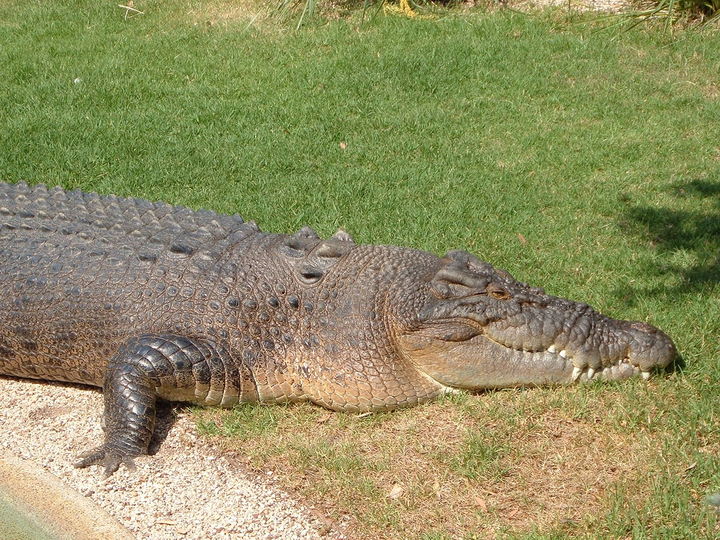
Scientific Names: Crocodylus porosus (Saltwater Crocodile) among others
Crocodiles boast the most potent bite in the reptile kingdom, with some species reaching up to 5,000 PSI. These ancient predators are found in tropical regions across Africa, Asia, the Americas, and Australia. Their diet is as broad as their habitat, including fish, birds, mammals, and occasionally even sharks. Crocodiles are known for their “death roll” – a technique used to overpower and dismember prey.
Interesting Fact: The saltwater crocodile, the largest of all living reptiles, can exceed lengths of 6 meters (about 20 feet) and is especially notorious for its strength and aggression.
01 – Orca (19,000 PSI)
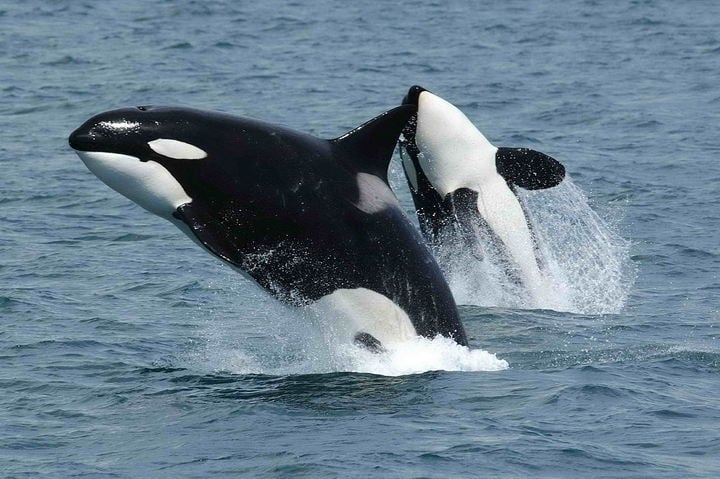
Scientific Name: Orcinus orca
Topping our list is the orca, or killer whale, with an astounding bite force of 19,000 PSI. Orcas are the largest members of the dolphin family and are found in oceans worldwide, from the Arctic and Antarctic regions to tropical seas. They are highly social animals, living in complex and stable social groups known as pods. Orcas are apex predators, feeding on fish, seals, and even large whales, using sophisticated hunting techniques that are often specific to their pod.
Interesting Fact: Orcas use echolocation to communicate and hunt, emitting sounds that travel underwater until they encounter objects, then listening for echoes to determine the location and shape of their prey.
The Science Behind Measuring Bite Force: Unveiling Nature’s Pressure Gauges
Understanding the bite force of animals isn’t just about marveling at big numbers; it’s a dive into biomechanics, evolutionary biology, and ecological impact. When we talk about bite force in animals, we’re peeling back the layers on how these creatures have adapted over millions of years to become the masters of their domains. But how do scientists measure this formidable force, and why does it matter? Let’s sink our teeth into the science behind the scenes.
Measuring Techniques:
- Direct measurement using bite force transducers in controlled environments.
- Computer simulations and 3D modeling based on skull and muscle structure.
- Comparative analysis with closely related species for which direct data are available.
Each method offers insights into the evolutionary adaptations and survival strategies that have shaped the natural world. By understanding bite force, researchers can infer the dietary habits, predatory behaviors, and ecological roles of various species.
Why Bite Force Matters:
- Dietary implications: The strength of an animal’s bite often correlates with its food sources, whether it be hard-shelled nuts, thick-skinned fruits, or the bones of prey.
- Ecological impact: Predators with strong bites can influence prey populations and thus the overall balance of ecosystems.
- Evolutionary insights: Studying bite force helps scientists trace the evolutionary history of species, understanding how environmental pressures lead to physical adaptations.
Bite Force and Human Comparison: It’s fascinating to compare these animals’ bite forces to humans. The average human bite force is around 162 PSI, a fraction of even the “weakest” on our list. This comparison throws into stark relief the incredible diversity of life’s adaptations to survival challenges.
In conclusion, the study of animal bite force is more than a curiosity—it’s a window into the intricacies of nature’s design. By examining how and why these animals have developed such powerful bites, we gain deeper respect for the complexity and interconnectedness of life on Earth. Whether for capturing prey, defending territory, or simply surviving in challenging environments, the bite force of these creatures serves as a reminder of the adaptability and resilience of life in all its forms.


